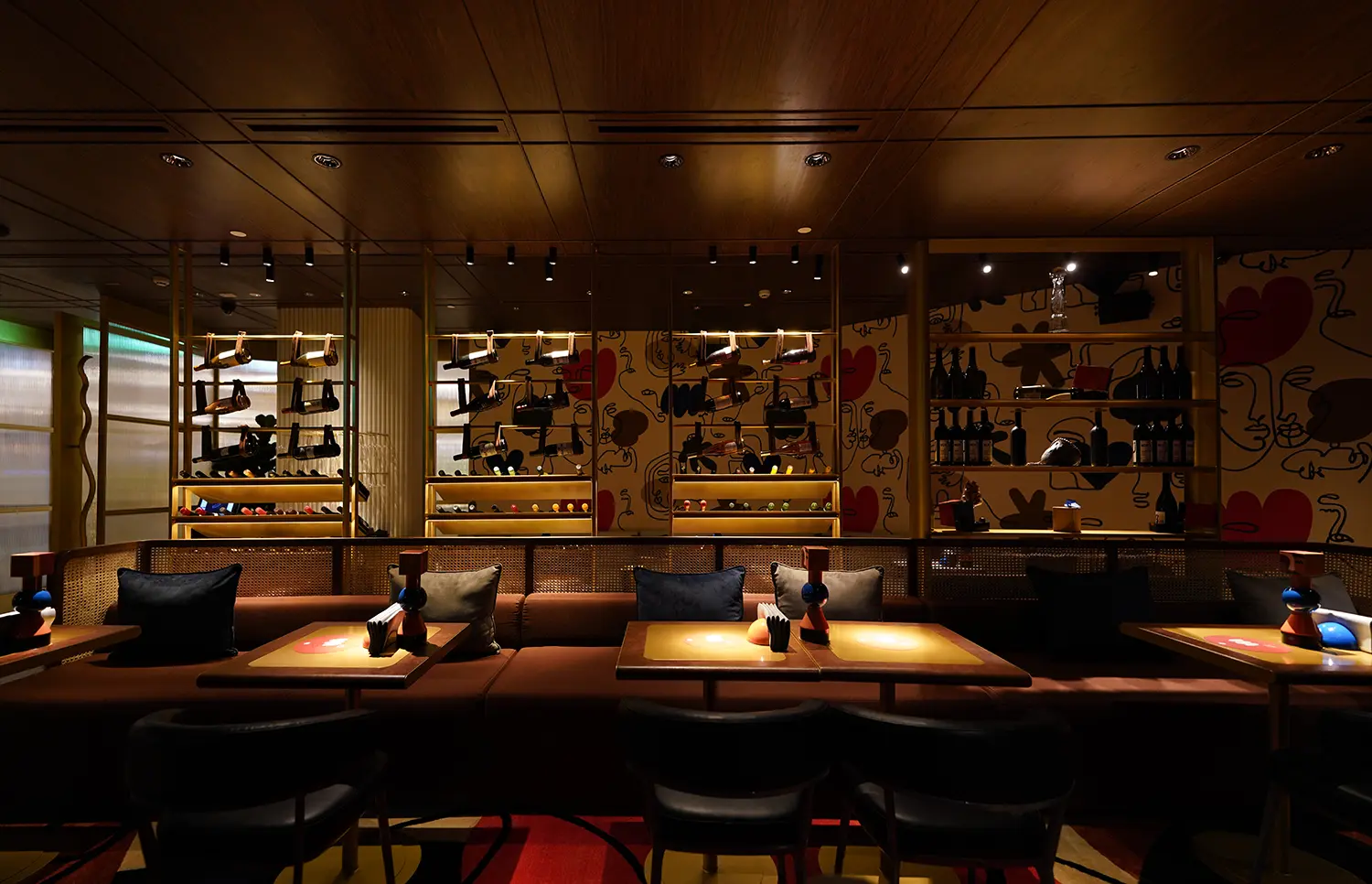When you enter a restaurant, have you ever considered how the lighting contributes to your dining experience? Lighting plays a crucial role in setting the mood and enhancing the overall ambiance.
Lighting in restaurants is a careful balance of functionality and aesthetics. While there aren’t rigid guidelines, certain principles should be considered. Ambient lighting is the general, soft lighting that provides overall visibility. Task lighting, such as pendant lights over tables, aids in reading menus and dining comfortably. Accent lighting allows for creativity, highlighting artwork, architectural elements, or specific areas of your restaurant. The choice of warm or cool light can significantly impact the mood. Warmer tones create a cozy, intimate atmosphere, while cooler tones can make a space feel more vibrant.
There are 4 types of lighting. In restaurant lighting, a combination of these four types can work wonders. Ambient lighting provides general, soft illumination throughout the space. Task lighting serves a specific purpose, like illuminating the dining tables or bar area. Accent lighting focuses on creating focal points, from the spotlight on artwork to decorative chandeliers. Decorative lighting adds charm and reinforces the restaurant’s theme or style.
Restaurants often dim the lights for several reasons. Creating a cozy atmosphere is one of them, as dimmed lights contribute to a warm and intimate ambiance, perfect for a romantic dinner or a relaxing evening. Lowering the lights can also enhance food presentation, making dishes look more appealing. It can influence the pace at which customers dine, encouraging them to stay longer, thereby increasing revenue. Dimming lights can also be an energy-efficient choice, saving electricity and contributing to a more environmentally friendly setting.
Planning the lighting for a restaurant and bar is an art in itself. Understanding the restaurant’s theme and style is the first step to ensure that the lighting aligns with the desired ambiance. It’s essential to divide the restaurant into zones, such as the bar area, dining tables, and any unique features like a dessert counter, each with its own lighting plan. Investing in lighting control systems to adjust the intensity and color of the lights according to different times of day and occasions allows you to create diverse atmospheres. Always consider the comfort of your patrons and avoid glaring lights that could disrupt their dining experience.
